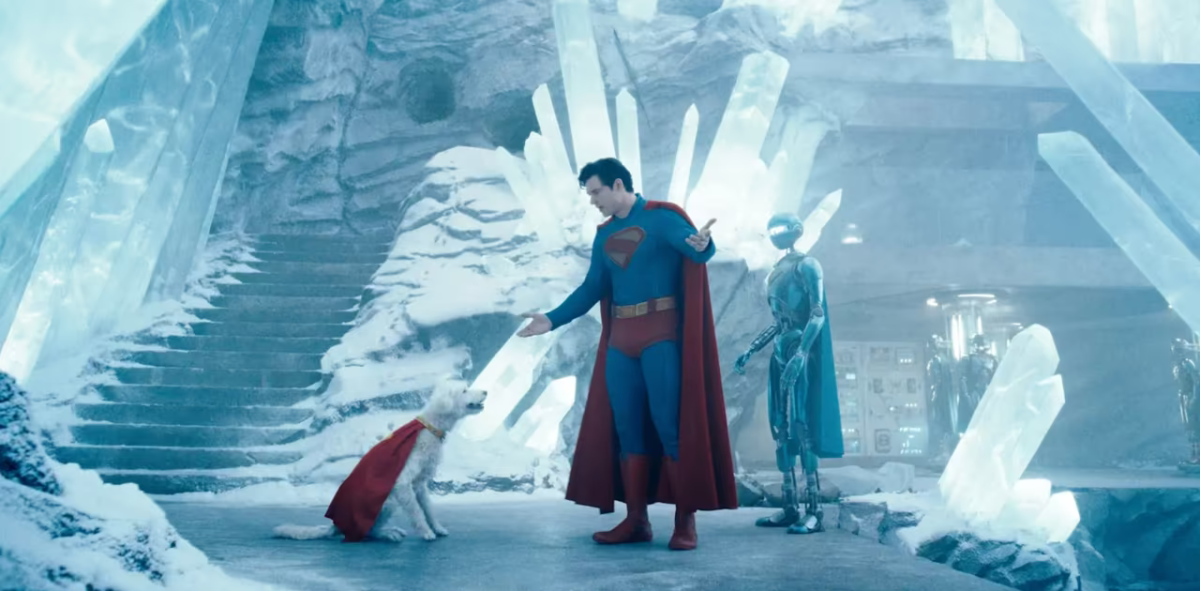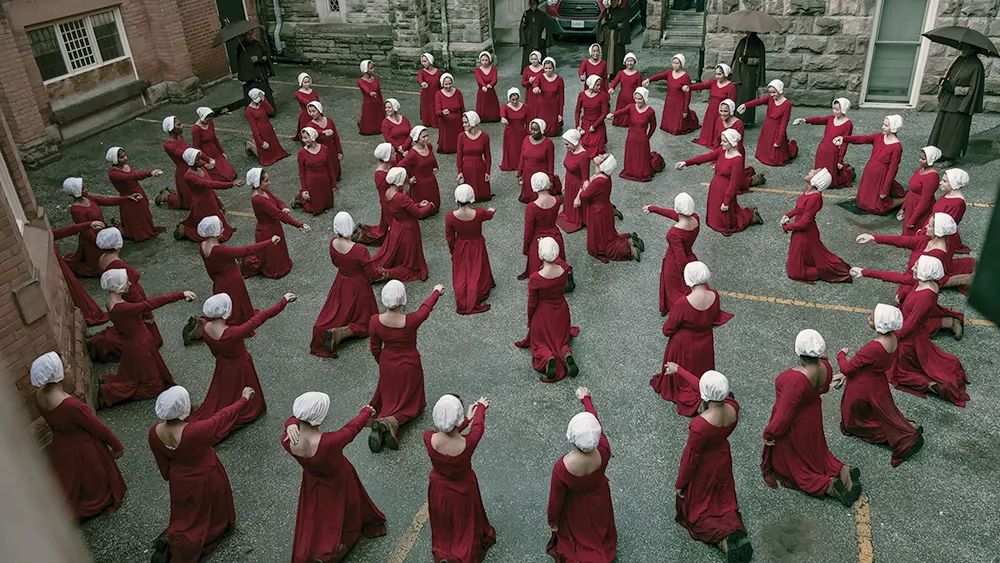Do you remember Tumblr after Lana Del Rey’s album, “Born to Die,” was released? Or what of “Pure Heroine,” Lorde’s cynical dramatization on the overconsumption that adolescents often experience but was rarely spoken of during that time. In recent months, there has been a silent appeal towards the reemergence of a prior social aesthetic, with new variations fitting the digital landscape of the twenty-first century. .
Steel grating, not metal braces. An easy misinterpretation–the crowds of bodies that push against the barriers and cease motion at the stage; the drapes once gathered are pulled down, sending a rumbling across the reflective surface beyond–the crowds never cease to go wild. Coming off of the success of her eighth studio album, Charli XCX has manufactured a zeitgeist for 2024, most prevalent in her Sweat tour performances alongside fellow singer Troye Sivan. The magazine editorials, and the subsequent media stream, have felt the influence of this album in many ways.
A popular trend across platforms is the rebrand of simplicity–the LP’s cover, a simple font that reads “brat” and the neon green background has led corporations to mimic the fad by sticking their own business in the space and watching Gen-Z fans tune in. Similarly, the music videos that have been issued, including a feature from Billie Eilish, are designed in muted tones, focused on fashionably drab clothing in mundane landscapes. In her video for the song “360,” Charli irons clothes while rapping lines, “When you’re in the mirror, do you like what you see? When you’re in the mirror, you’re just looking at me.”
Though, Charli is not the only one to ride the new wave of the pop landscape. FKA Twigs, a popular singer in the electronic and dance scene, has released two singles that similarly coincide with the aesthetic landscape of indie sleaze. At the start of her music video, “Eusexua,” the pop-performer dances alongside dancers in business-casual before transitioning into the low thrum of the single. The banal workplace fashion is stripped, yet the nude colors and lighting are prevalent throughout the remaining video.
Indie sleaze is a subculture best described by its genre-defining music, photography, and subsequent television series. Originating in the UK during the early 2000s, its most prominent influence stems from the show “Skins.” Following a group of teenagers, “Skins” chronicles the struggles of British teens, ranging from heavy drug-consumption to sex. It was the blueprint for anti-censorship that teens today find so addicting. Sam Levinson’s “Euphoria,” for example, has become a reference for modern-day pop culture.
It has been a debate for the past few years, but I am here to tell you that a revival of Indie Sleaze is imminent, albeit with a few modifications. This time, the music has come back with harder-hitting synths; the art and imagery are grimier, much less decadent as its counterpart. The music videos, as I have mentioned, tend towards radical lyrics while dancing around rooms that every person has encountered.









